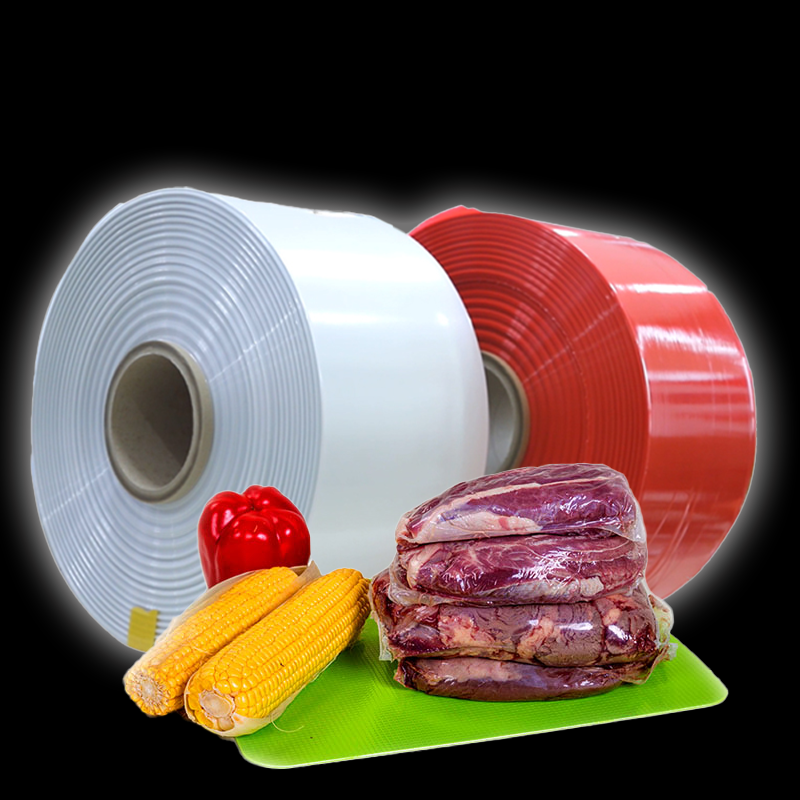
Privacy statement: Your privacy is very important to Us. Our company promises not to disclose your personal information to any external company with out your explicit permission.

1. Tray Packaging: Refrigerated meat commonly sold in supermarkets is often placed on polystyrene (Styrofoam) trays with Absorbent Pads at the bottom to capture meat juices, enhancing the vibrant red appearance and stimulating consumer purchasing desire.


2. Shrink Film Packaging: Common materials for transparent film packaging include cellophane and polyethylene. Cellophane is coated with nitrocellulose on one side, allowing it to absorb surface moisture and maintain a saturated state, promoting oxygen permeation for optimal color retention and reducing weight loss. However, cellophane coated on both sides with nitrocellulose is not suitable. Polyethylene, or PE, which can be categorized into low-density, medium-density, and high-density variants, has excellent oxygen permeability, particularly low-density PE. Additionally, it exhibits good resistance to acids, alkalis, oils, and water vapor, making it suitable for fresh meat packaging. The only drawback is its relatively lower tensile strength and abrasion resistance.


3. Vacuum Bag Packaging: Vacuum packaging involves removing all air from the package and utilizing materials with extremely low oxygen permeability to slow down meat oxidation and spoilage, thereby preserving freshness. Fresh meat packaged under vacuum can be stored for 14 to 20 days at temperatures of 0±1℃. While the appearance of vacuum-sealed meat appears dark red, it returns to a bright red color upon exposure to oxygen after opening the package. Consequently, vacuum packaging is commonly employed for longer storage periods and high-quality requirements in hotels, large-scale retailers, and similar establishments.


4. Modified Atmosphere Packaging (MAP): MAP, also known as gas packaging, involves removing air from the package and replacing it with a specific ratio of nitrogen, carbon dioxide, and oxygen, minimizing the possibility of oxygen infiltration to inhibit microbial growth and extend product shelf life. The use of Map Trays for chilled fresh meat also helps maintain the meat's natural color.

5. Vacuum Heat Shrink Packaging: Meat Shrink Bags are suitable for large cuts of meat and offers advantages such as reduced bag breakage rates and prevention of liquid leakage associated with vacuum packaging. Vacuum heat shrink treatment inhibits the proliferation of aerobic bacteria on the meat surface and prevents secondary contamination, effectively extending the shelf life. Compared to MAP, it offers greater convenience in transportation and lower packaging costs. Vacuum heat shrink packaging is widely utilized in developed countries in Europe and America and serves as a valuable packaging method for chilled meat in China.

6. Skin Packaging: High-barrier Skin Film, which adhere completely to the surface of the meat, preserve fresh meat under a vacuum environment. These products maintain the freshness and quality of meat over an extended period, especially in a cold environment ranging from 0℃ to 4℃. The high barrier properties and complete sealing help lock in the juicy tenderness of meat products.

These innovative packaging technologies and materials present new opportunities for the meat industry, offering extended shelf life and ensuring the freshness of meat products. By utilizing packaging materials with excellent oxygen permeability and selecting suitable packaging methods, meat producers can meet consumer demands for high-quality and fresh food products.
About this Press Release:
This press release highlights new packaging technologies and materials for fresh meat in the North American market. These innovative methods, including tray packaging, transparent film packaging, vacuum packaging, modified atmosphere packaging, vacuum heat shrink packaging, and skin packaging, provide extended shelf life and maintain the freshness of meat. These advancements present valuable opportunities for the meat industry to meet consumer demands for high-quality and fresh food products.
Related Products List
Mobile Site


Privacy statement: Your privacy is very important to Us. Our company promises not to disclose your personal information to any external company with out your explicit permission.

Fill in more information so that we can get in touch with you faster
Privacy statement: Your privacy is very important to Us. Our company promises not to disclose your personal information to any external company with out your explicit permission.